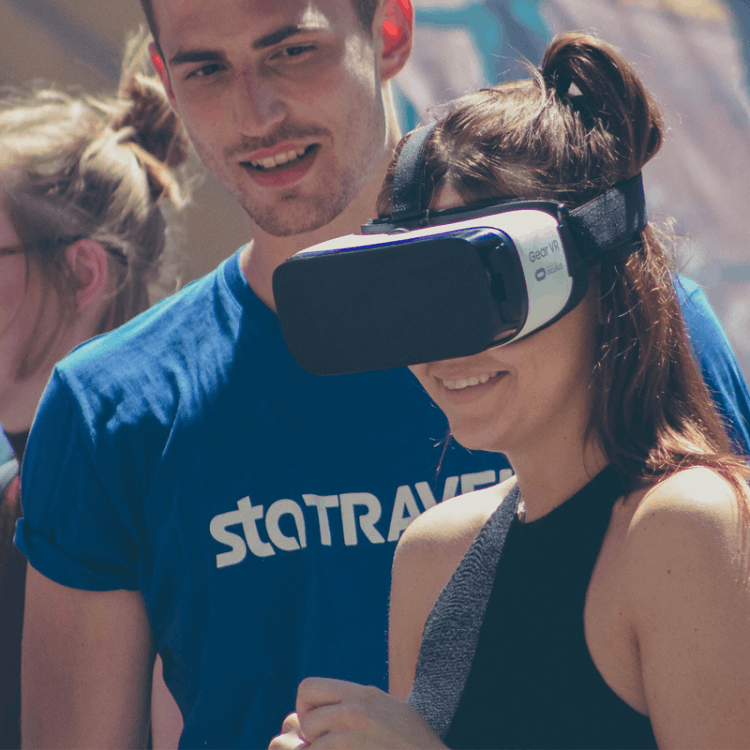 Virtual reality (VR) will soon become a true reality in some Orlando theme parks. While still in its early days, VR and augmented reality (AR) are two main focuses for marketing and entertainment leaders in 2016. With app Pokemon Go becoming one of the hits to kick start gaming incorporating AR technology, theme parks have been keeping a close eye on this new technology, looking for opportunities to use it in their offerings. With this is in mind, Universal Studios recently announced their plan of incorporating VR in their haunted house called The Repository for this year’s Halloween Horror Nights.
Virtual reality (VR) will soon become a true reality in some Orlando theme parks. While still in its early days, VR and augmented reality (AR) are two main focuses for marketing and entertainment leaders in 2016. With app Pokemon Go becoming one of the hits to kick start gaming incorporating AR technology, theme parks have been keeping a close eye on this new technology, looking for opportunities to use it in their offerings. With this is in mind, Universal Studios recently announced their plan of incorporating VR in their haunted house called The Repository for this year’s Halloween Horror Nights.
Quickly gaining attention mainstream, the future of entertainment comes in the shape of a cardboard box, and this is something that, for the first time in Central Florida, a theme park is ready to experiment with. This Halloween Horror Nights, if Universal Studios visitors weren’t already enough scared with the haunted mansions and creepy characters, the popular theme park is adding the X factor for those who are willing to level up the game at a cost of $50.
For those who don’t understand the hype surrounding VR yet, it creates a sensory experience by replicating a real environment that allows you to interact with features or items that are depicted. Picture this: In groups of four, you all are walking through one of the scary haunted houses, wearing the VR cardboard glasses, as your group encounters real characters and virtual ones, all the while not being able to differentiate who’s real and who’s not.
VR and The Future of Content Marketing
With global search interest for virtual reality growing four times within the last year, virtual reality is something that digital marketers have started to incorporate into their strategies, in particular, in their content marketing strategies. Brands now have the opportunity to tell more engaging stories and introduce more unforgettable experiences to their consumers.
Here are some of the companies that are currently using VR to tell their story and meet their marketing goals:
- IKEA has started to incorporate VR as a new way to explore a living room other than looking at their sets in stores or online.
- Marriott Hotels is targeting newlyweds by showing them how their honeymoon could be by offering them the opportunity to experience one of their hotels, its views, and location in the most realistic way possible through VR.
- Lexus uses this technology to introduce their new model, the Lexus NX, to customers by letting them virtually drive it.
- Tesco, a British multinational grocery, uses VR for research marketing purposes. Rather than using VR to tell the brand’s story, Tesco uses the technology by showing focus groups what their future store could look like and test the response from the group without the need to visit it.
See you around!
Lydia
Save
Save

